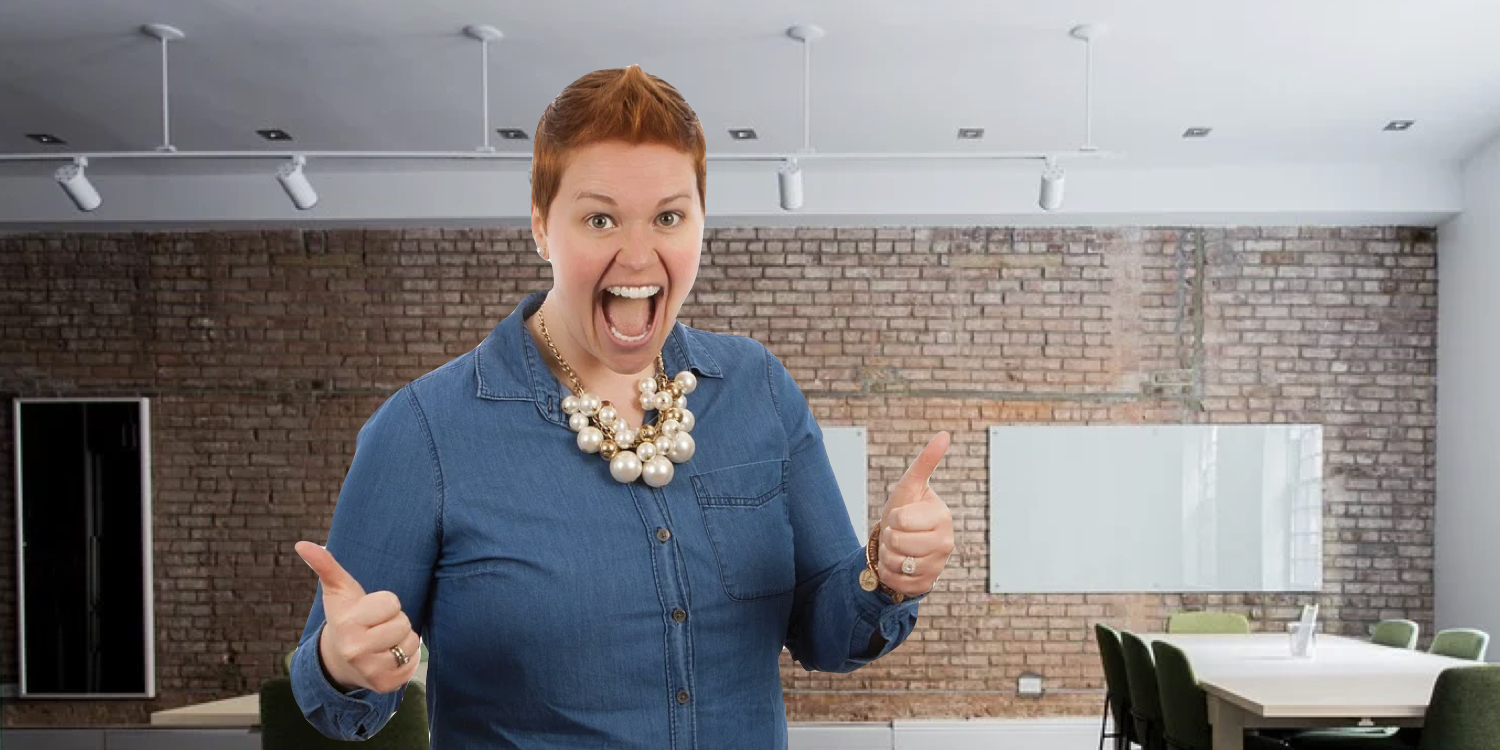Which homeowners will benefit the most? We examine three specific groups who…
Continue readingReverse Mortgages: Easy ‘Income’ For Affluent Retirees
Reverse mortgages can provide an essential risk management tool for millions of retirees, especially the affluent homeowner.
Continue reading5 Reasons to be Excited!
In the early spring, you may have been ‘locked down’ working remotely in response to the COVID-19 pandemic and caught a case of cabin fever in the process. Perhaps you over-indulged in binge-watching Netflix to pass the time you would have typically spent going out to social functions. Regardless of what your current situation may be, reverse mortgage professionals have good reason to be excited, grateful, or just simply relieved. Here are five to consider.
Lending Limits are both national and remain high
Despite repeated recommendations to roll back the national lending limits back to regional or county-by-county maximums, today we enjoy a robust $765,600 maximum claim amount (MCA). This is the cap on the maximum appraised home value that can be considered in calculating a federally-insured HECM’s gross principal limit. Fortunately, it covers the majority of homes in most U.S. markets. Eliminating the national MCA in favor of local caps literally requires an ‘act’ of Congress. Both the upcoming election and ongoing stimulus measures have eclipsed addressing any such consideration presently.
Housing prices are booming
A general shortage of housing inventory and record-low interest rates have home prices reaching record heights, some not seen since the 2008 housing crash. Both HECM and proprietary reverse mortgage borrowers are in an advantaged position to tap their home’s value at what may be the peak of the market. Homeowners struggling to pay their existing mortgage may find themselves now able to qualify based on their latest value and low interest rates. The question many market watchers are asking is if the boom will continue or if values will fall.
Historically-low interest rates
Although HECMs will soon be moving away from the LIBOR, all global indexes are setting record lows as governments take stimulus measures to boost their economies struggling in the wake of the coronavirus and economic shutdowns. In some instances, low rates and high home values have all but erased the impacts of the infamous October 2017 reduction of principal limit factors (lending ratios).
When the interest rate floor of the HECM was lowered from 5 to 3 percent we lamented the drop believing we would never see effective interest rates reach such a low. A few short years later many HECM loans are hovering at or just below a meager three-percent.
Financial Advisors seeking alternatives
The stock market’s volatility remains fresh in the minds of both the financial professional and their clientele. Those who once eschewed reverse mortgages are coming around to the realization that all options should be put on the table to form a plan that accounts for stock market volatility, inflation, and sustainable withdrawals. Now could be the time to rekindle your connections with advisors in your market.
HECM-to-HECM refinances
Late last year HUD proposed that FHA move to eliminate all HECM-to-HECM refinances. Fortunately, FHA made no such change. Today nearly one-third of all HECM applications are refinance transactions as borrowers harvest additional funds from their home. As a result, refis have become a significant driver of ordination volume and profitability.
Certainly, we face much uncertainty, however, we have much to be grateful in the midst of the storm. Count your blessings- at least five of them.
BREAKING: HECM Lending Limit Increased
HECM lending limits increased for the 4th consecutive year
Tuesday, December 3rd FHA released Mortgagee Letter 2019-20 announcing the new maximum claim amount (or lending limit) for Home Equity Conversion Mortgages. The new limit of $765.600 is in effect for the calendar year 2020 and represents a nearly $39,000 increase from last year’s MCA. The move is not an unusual one. Reverse Mortgage Daily reports that the Housing and Economic Recovery Act or HERA mandates that conforming loan limits must reflect changes in the average U.S. home price…
BREAKING: HECM Lending Limit Increased
HUD announces the new maximum claim amount for HECMs in 2020
Today FHA released Mortgagee Letter 2019-20 announcing the new maximum claim amount (or lending limit) for Home Equity Conversion Mortgages. The new limit of $765,600 is in effect for the calendar year 2020 and represents a $39,000+ increase from last year’s MCA.
The move is not an unusual one. Reverse Mortgage Daily reports that the Housing and Economic Recovery Act or HERA mandates that conforming loan limits must reflect changes in the average U.S. home price. Last month, the Federal Housing Finance Agency announced a 5.38% increase in the Housing Price Index between the third quarters of 2018 and 19. By no coincidence, the lending limit increased nearly the same percentage.
The move may appear ironic at first glance since HUD called for a move away from the national lending limit returning instead to regional limits- a move the agency says will reflect local variations in housing markets and prices. That recommended reform, however, is legislative and requires the approval of Congress. With our current backlog of legislation in the House don’t expect to see that change soon.
Late this summer a request to abandon a national HECM lending limit was made in HUD’s Housing Finance Reform Plan. A return to the national lending limit would significantly impact HECM originations for higher-valued homes in counties that have a low mortgage limit. How much so? In our September 16th blog post we noted significant disparities in our own local market. A short 20-minute drive from our home offices would see over a $400,000 reduction of FHA mortgage limits if the national limit for HECM were to be repealed. Previous principal limit factors would pale in comparison.
This is welcomed news for lenders and originators alike. With today’s low-interest-rate environment some HECM borrowers stand to net significantly more loan proceeds. How this will affect proprietary reverse mortgage loans remains to be seen. While no national consolidated number of origination of private loans is available, more anecdotal reports indicate considerable growth. In addition, some lenders are offering private reverse mortgages for property values as low as $400,000. A move that clearly puts these products in the hunt to compete directly with the HECM.
Higher loan limits and lower interest rates could pave the way for moderate growth of HECM loans in 2020. Consider this most recent mortgagee letter your early Christmas card. One that hopefully brings you good cheer in the final days of 2019, and into the new year.
BREAKING: New Lending Limit Jan 1st
$679,650 Lending Limit for HECMs after 1-1-2018
While only a small percentage of potential borrowers with high-value property values would qualify, there are a few important caveats you should keep in mind. One note, for more in-depth discussion I would recommend reading Jim Veale’s article in Reverse Mortgage Daily’s LinkedIn group which can be found on the link on this page.
This is only our 2nd change since 2009 but this year’s increase was larger, much larger in fact than the previous increase. Effective January 1st 2017 HECM borrowers with higher valued properties would benefit from a nearly $11,000 increase from $625,500 to $636,150. This year’s increase is much more substantial…$43,500 more. The increase only applies to HECMs with an FHA case number issued on or after January 1st, 2018. Remember, the line in the sand is the date of FHA case number issuance, not the closing date…
FHA Loan Limits Page | Mortgagee Letter 2017-17










